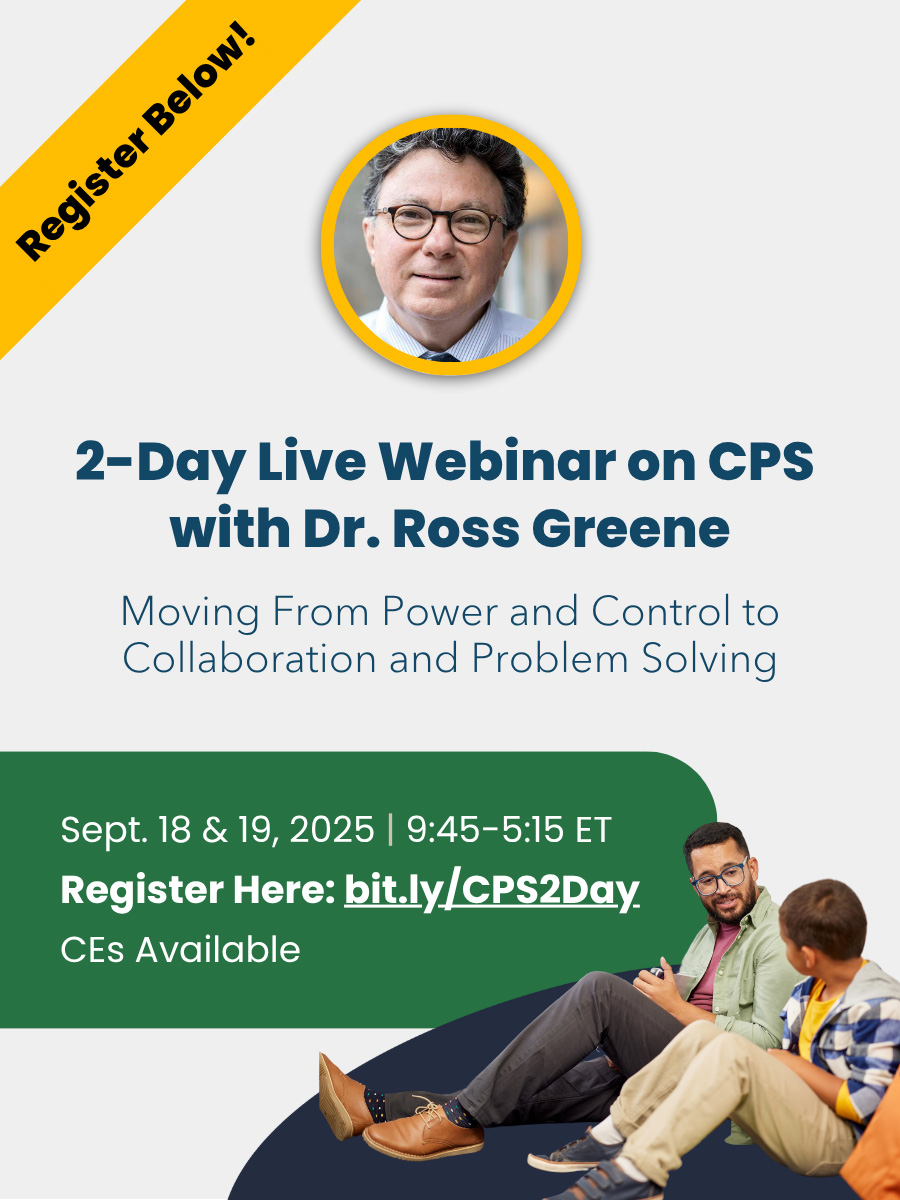Changing your role in the life of your child can change everything.
YOUR JOURNEY BEGINS HERE
All kids have times when they struggle to handle expectations. How they express that they’re struggling has an outsized impact on how adults respond. Some kids communicate that they’re having difficulty meeting certain expectations through whining, pouting, sulking, crying, or withdrawing. They’re the “lucky” ones, for these behaviors are likely to be responded to with empathy, nurturance, and support. Others — the “unlucky” ones — communicate that they’re having difficulty meeting expectations in ways that are more troubling, like screaming, swearing, hitting, kicking, biting, and spitting. Regrettably, these behaviors are less likely to elicit empathy, nurturance, and support from caregivers.
But whether lucky or unlucky, the concerning behavior is communicating the same thing: there’s an expectation the child is having difficulty meeting. And that means that there’s a problem that needs to be solved. In the CPS model, the problem solving is collaborative and proactive.
TAKE THE FIRST STEP
The best place to begin is with the Guided Tour, which will take you through the three key facets of the CPS model. Demonstration videos will help you to understand your child’s concerning behaviors, how to identify unsolved problems, and how to start solving problems collaboratively and proactively. When you’re ready to get started, click below.








